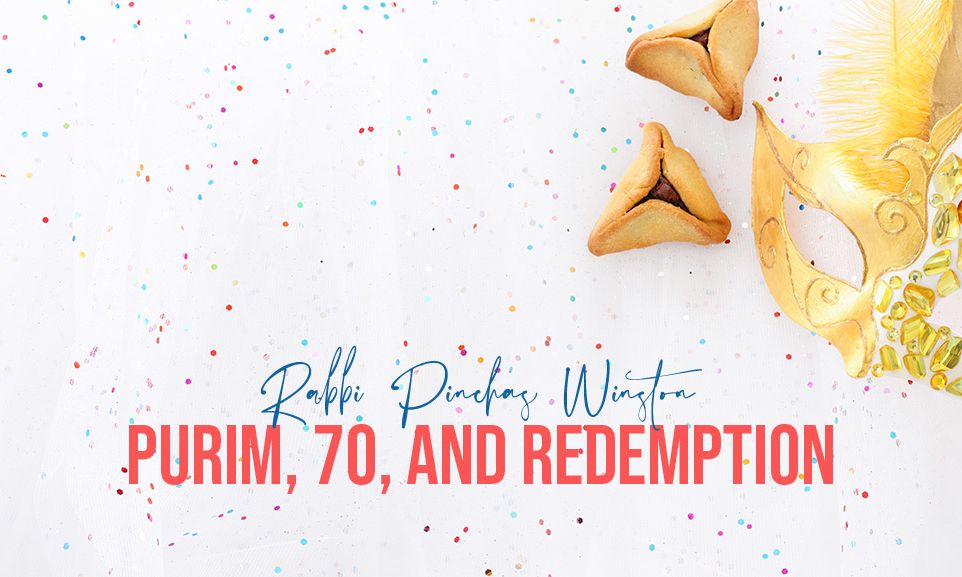
Purim, 70, and Redemption
What does 70 represent that it is connected to the redemption? What does it have to do with the Tree of Knowledge of Good and Evil, and the creation of Haman?

So says G-d, that after seventy years of Babylon are completed, I will remember you and perform My good word concerning you to make you return to this place. (Yirmiyahu 29:10)
It took 70 years from the time that Jerusalem had been destroyed until Darius, the son of Achashveros and Esther, ordered the construction of the second Temple. It takes 70 amos to walk from the opening of the Mishkan Courtyard to the curtain, marking the Holy of Holies in the Mishkan itself.
Furthermore, it took only 70 days for Haman to rise and fall in Megillat Esther, and the story is told within 70 verses.
And wine, which plays a central role in the Purim celebration – A person is obligated to drink on Purim until he doesn’t know the difference between cursed Haman and blessed Mordechai (Megillah 7b; Shulchan Aruch, Orach Chaim 695:2) – is equal in gematria to 70.
You could write an entire book on the meaning of the number 70 in terms of the Purim redemption. However, for this essay, it is sufficient to know that the name, “Amalek” (ayin-mem-lamed-kuf, עמלק), can be read: ayin-malak (ע מלק), which means the “severed eye,” or in this case, the “severed 70.”
The question is, what does 70 represent that it is connected to avodah and redemption? What does it have to do with the Tree of Knowledge of Good and Evil, and the creation of Haman? What is so important about it that the Talmud states:
Anyone who becomes settled through wine has the knowledge (daat) of his Creator . . . has the knowledge (daat) of the SEVENTY Elders; wine was given with 70 letters (Rashi: the gematria of yai’in – wine – is 70), and the mystery (of Torah) was given with seventy letters (sod – mystery – also equals 70) – when wine goes in, secrets go out. (Eiruvin 65a)
The answer is that all that goes wrong in creation has to do with the eyes. Now, at first hearing, it sounds like I mean our physical eyes, which on some level, I do. The question is, how far do we want to go back in time? Back to the Garden of Eden and Adam HaRishon? – And how his “looking” led to the first and most 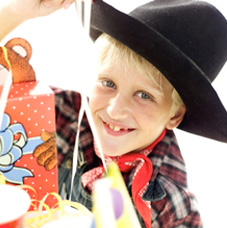 catastrophic mistake of history.
catastrophic mistake of history.
 catastrophic mistake of history.
catastrophic mistake of history.Or, even further back in time, to the pre-creation period of history, when the pre-Sefirot Sefirot went out through the eyes of Adam Kadmon? What’s an Adam Kadmon and what are its eyes? We’ll have to answer that question on a future date, but meanwhile, may the light of Purim illuminate a miraculous redemption from the 70 nations of the world and bring us all home to a rebuilt Jerusalem, amen. Happy Purim!
***
Pinchas Winston is the author of over 95 books on various topics that deal with current issues from a traditional Jewish perspective. He has also written on the weekly Torah reading since 1993, called “Perceptions”, as well as on current topics and trends affecting Jewish history, past and present. One of his missions is to make the depth and beauty of the more mystical teachings of Torah understandable and accessible to those who can really benefit from them. Visit his website at thirtysix.org.


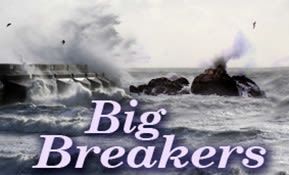
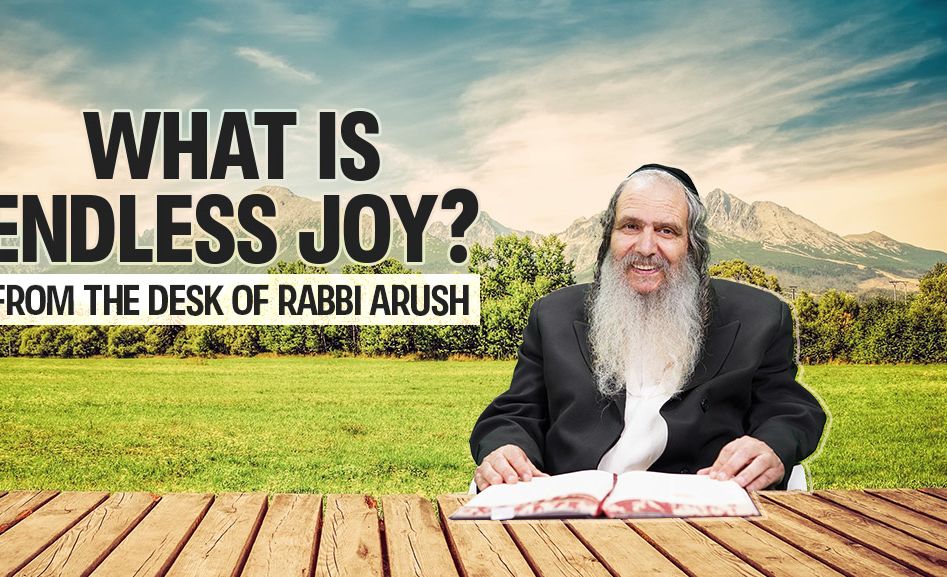




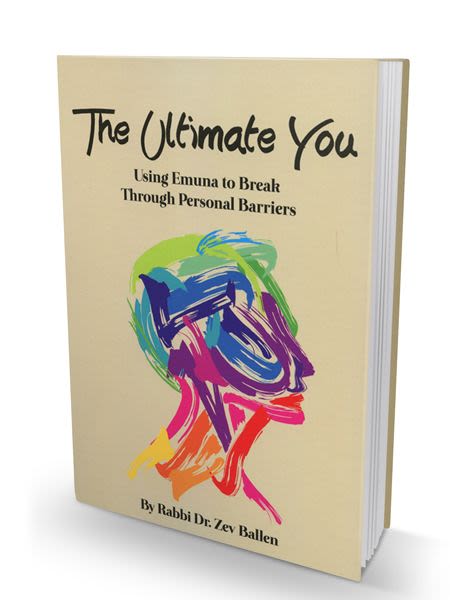

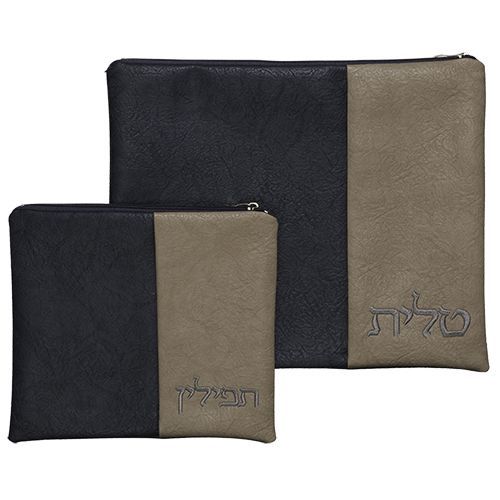

Tell us what you think!
Thank you for your comment!
It will be published after approval by the Editor.